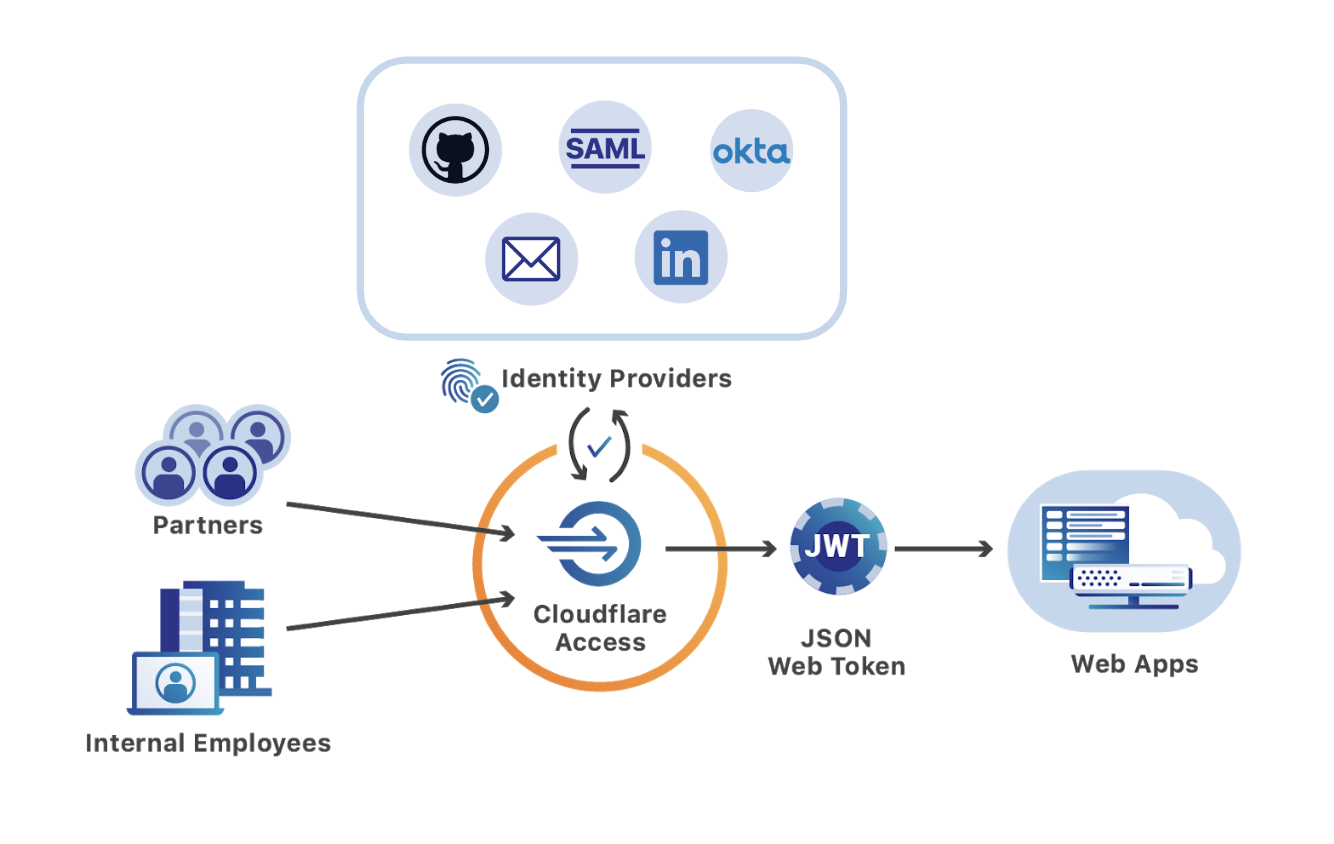DATA TYPES : YAML XML JSON
Different Data types i.e YAML,XML,JSON has been already discussed in below blogs :
JSON : https://knowpackets.com/2020/03/11/json/
XML: https://knowpackets.com/2020/02/28/xml/
YAML: https://knowpackets.com/2020/02/26/yaml/
Here you will find the comparison between all the three mentioned data types in one page:


Orange, Riverbed, Nuage Chat SD-WAN Pitfalls, Opportunities
And some agreed that despite the SD-WAN's advantages, MPLS wasn't going anywhere.
Microsoft Leads Massive Necurs Botnet Takedown
Between 2016 and 2019, Necurs was the most prominent spam and malware-delivery method and was...
Money Moves: February 2020
HPE buys Scytale, embraces open source security; Intel ditches Nervana, high on Habana; plus the...
Coronavirus Wreaks Havoc on Tech Industry
"This is one of those moments when companies must strive more than ever to act with values and...
Hitachi Vantara Skims Containership’s Kubernetes Assets
Containership sank last fall after failing to monetize its Kubernetes distribution.
JSON
JSON(Java Script Object Notification) is another data type apart from XML and YAML ,It’s easy for human and machine to understand than XML.
As usual, lets start with json example:
anurudh@anurudh:~/newfolder$ cat ex1_js.json
{
"hostname": "Router1",
"vendor": "cisco",
"users": {
"admin": 15,
"storage": 10
},
"vlans": [
{
"vlan_name": "VLAN10",
"vlan_id": 10
},
{
"vlan_name": "VLAN20",
"vlan_id": 20
}
]
}
We like to put few point :
- The whole thing is wrapped in curly braces {}.
- JSON use string values when describing the keys in these constructs.
Working with JSON in Python
anurudh@anurudh:~/newfolder$ cat ex1_js.py
# Module need to be imported to use json
import json
# File is open and stored in varible dat
with open("ex1_js.json") as f:
data = f.read()
# json.loads places json data into json_out (dictionary)
json_out = json.loads(data)
# print output
print(json_out)
# Lets check the data type 'json_out'
print("The Json document loaded as type {0}\n".format(type(json_out)))
# Method json.dumps will convert python object back json string
json_out1 = json.dumps(json_out)
#print output
print(json_out1)
# Lets check the data type 'json_out1'
print("The Json document loaded as type {0}\n".format(type(json_out1)))
anurudh@anurudh:~/newfolder$ OUTPUT
anurudh@anurudh:~/newfolder$ python3 ex1_js.py
{'hostname': 'Router1', Continue readingIntermediary Liability: The Hidden Gem

There is a law in the United States that consists of twenty-six words: “No provider or user of an interactive computer service shall be treated as the publisher or speaker of any information provided by another information content provider.” Otherwise known as Section 230 of the Communications Decency Act (CDA), it has been characterized as the law that “created the Internet.”
Only part of this statement is true. Section 230 did not actually create the Internet because the Internet was created through the collaboration of a diverse set of people around the world. What is true, however, is that the intermediary liability regime has undergirded the Internet as we know it. It has been responsible for three primary features of the Internet:
- It has created certainty and predictability: intermediary liability rules have allowed Internet providers (both infrastructure and content) to design compliance strategies based on a limited set of laws and their Terms of Service (ToS). Because of intermediary liability, companies can design businesses that suit their needs.
- It has created good Internet citizens: intermediary liability rules have ensured that the burden of determining whether a business is going to speak in a particular way is Continue reading
Day Two Cloud 039: Kubernetes Fundamentals For Infrastructure
Kubernetes is making a lot of noise in the infrastructure world. Day Two Cloud co-host Ethan Banks spent three days taking a deep-dive course on the orchestration platform, and on today's show aims to provide Kubernetes fundamentals as they apply to your infrastructure.Day Two Cloud 039: Kubernetes Fundamentals For Infrastructure
Kubernetes is making a lot of noise in the infrastructure world. Day Two Cloud co-host Ethan Banks spent three days taking a deep-dive course on the orchestration platform, and on today's show aims to provide Kubernetes fundamentals as they apply to your infrastructure.
The post Day Two Cloud 039: Kubernetes Fundamentals For Infrastructure appeared first on Packet Pushers.
NtC – Source Of Truth
In this inaugural episode of Network to Code on Network Collective, Jeremy Stretch, John Anderson, Rick Sherman, and Jordan Martin meet up around the virtual roundtable to discuss what a source of truth is, how it can play a critical role in your network automation efforts, and how the open source project Netbox might fill that role in your network.
Outro Music:
Danger Storm Kevin MacLeod (incompetech.com)
Licensed under Creative Commons: By Attribution 3.0 License
http://creativecommons.org/licenses/by/3.0/
The post NtC – Source Of Truth appeared first on Network Collective.
Open sourcing our Sentry SSO plugin

Cloudflare Access, part of Cloudflare for Teams, replaces legacy corporate VPNs with Cloudflare’s global network. Using your existing identity provider, Access enables your end users to login from anywhere — without a clunky agent or traffic backhaul through a centralized appliance or VPN.
Today, we are open sourcing a plugin that continues to improve that experience by making it easier for teams to use Cloudflare Access with one of the software industry’s most popular engineering tools, Sentry.
What is Sentry?
Sentry is an application that helps software teams find and diagnose errors in their products. We use Sentry here at Cloudflare. When you encounter an error when using a Cloudflare product, like our dashboard, we log that event. We then use Sentry to determine what went wrong.
Sentry can categorize and roll up errors, making it easy to identify new problems before investigating them with the tool’s event logging. Engineering managers here can use the dashboards to monitor the health of a new release. Product managers often use those reports as part of prioritizing what to fix next. Engineers on our team can dig into the individual errors as they release a fix.
Sentry is available in two forms: Continue reading
Invitation: Packet Pushers Virtual Happy Hour – March 2020

An open videoconference to be nice to each other, blow the Corona blues away.
The post Invitation: Packet Pushers Virtual Happy Hour – March 2020 appeared first on EtherealMind.
What Data Center Switches Should I Buy with VMware NSX?
Another interesting question I got from an ipSpace.net subscriber:
Assuming we can simplify the physical network when using overlay virtual network solutions like VMware NSX, do we really need datacenter switches (example: Cisco Nexus instead of Catalyst product line) to implement the underlay?
Let’s recap what we really need to run VMware NSX:
Read more ...What Data Center Switches Should I Buy with VMware NSX?
Another interesting question I got from an ipSpace.net subscriber:
Assuming we can simplify the physical network when using overlay virtual network solutions like VMware NSX, do we really need datacenter switches (example: Cisco Nexus instead of Catalyst product line) to implement the underlay?
Let’s recap what we really need to run VMware NSX:
Replicating Elastic File System With AWS DataSync
I recently used AWS DataSync as part of a lab I was building. These are my notes for using DataSync to replicate an Amazon Elastic File System (EFS) share from one region to another.
AWS DataSync is a managed service that enables replication of data between AWS services and from on-prem to AWS. It automates the scheduling of transfer activities, validates copied data, and uses a purpose-built network protocol and multi-threaded architecture to achieve very high efficiency on the wire.
The use case I needed to tackle was replicating an Amazon EFS share in one region to an EFS share in a different region (a one-way replication). (DataSync can also connect to Amazon S3 and Amazon FSx for Windows File Server)
Daily Roundup: Cisco Dreams of 5G WAN
Cisco dreamed of 5G WAN; VMware's modern application strategy spun Kubernetes Goldilocks tale; and...
Docker Refocus Targets DevOps Challenges
The vendor has a unique opportunity to help make the code to cloud space incredibly efficient,...
VMware Tanzu Service Mesh, built on VMware NSX is Now Available!
VMware marked its entry into the service mesh space with the announcement of VMware NSX Service Mesh. Today, we have some exciting developments to share. First, VMware NSX Service Mesh is now VMware Tanzu Service Mesh. This new brand aligns with the VMware Tanzu Portfolio for modern applications that we launched today. Second, and more importantly, we are announcing that Tanzu Service Mesh, built on VMware NSX is now available for purchase.
Tanzu Service Mesh provides consistent connectivity and security for microservices – across all your Kubernetes clusters and clouds – in the most demanding multi-cluster and multi-cloud environments. Tanzu Service Mesh can be installed in Tanzu Kubernetes Grid (TKG) clusters and third-party Kubernetes-conformant clusters, and used with clusters managed by Tanzu Mission Control (i.e., Tanzu-managed clusters) or clusters managed by other Kubernetes platforms and managed services.

Beyond its multi-cloud focus, one of the other differentiating characteristics of Tanzu Service Mesh is its ability to support cross-cluster and cross-cloud use cases via Global Namespaces (GNS). A GNS abstracts an application from the underlying Kubernetes cluster namespaces and networking, allowing you to transcend infrastructure limitations and boundaries, and securely stretch applications across clusters and clouds. Global Namespaces allow Continue reading